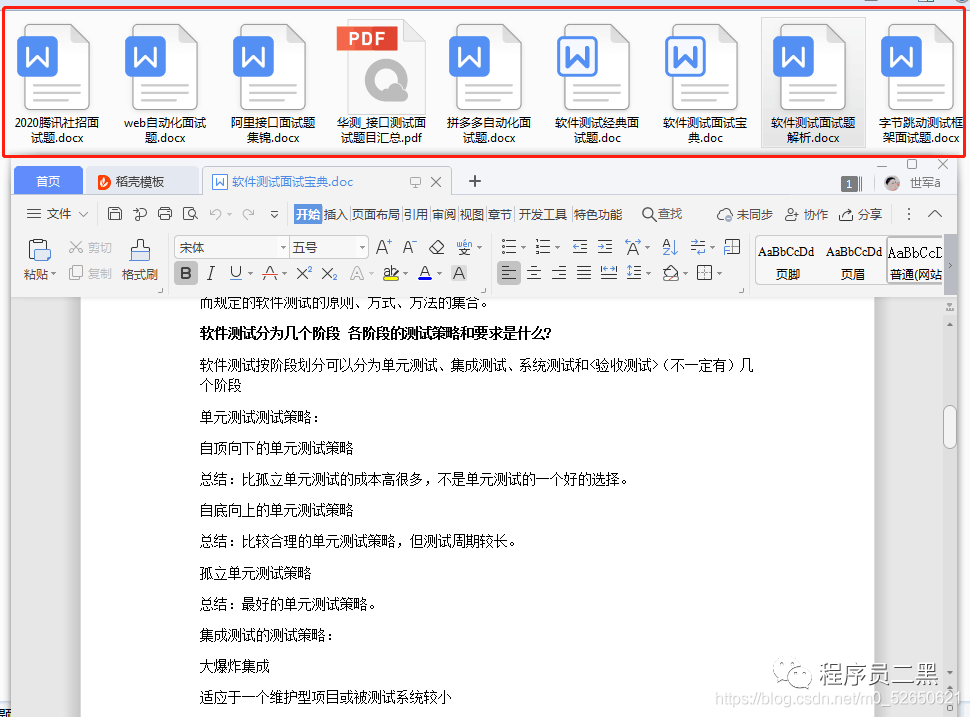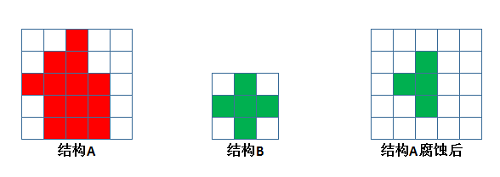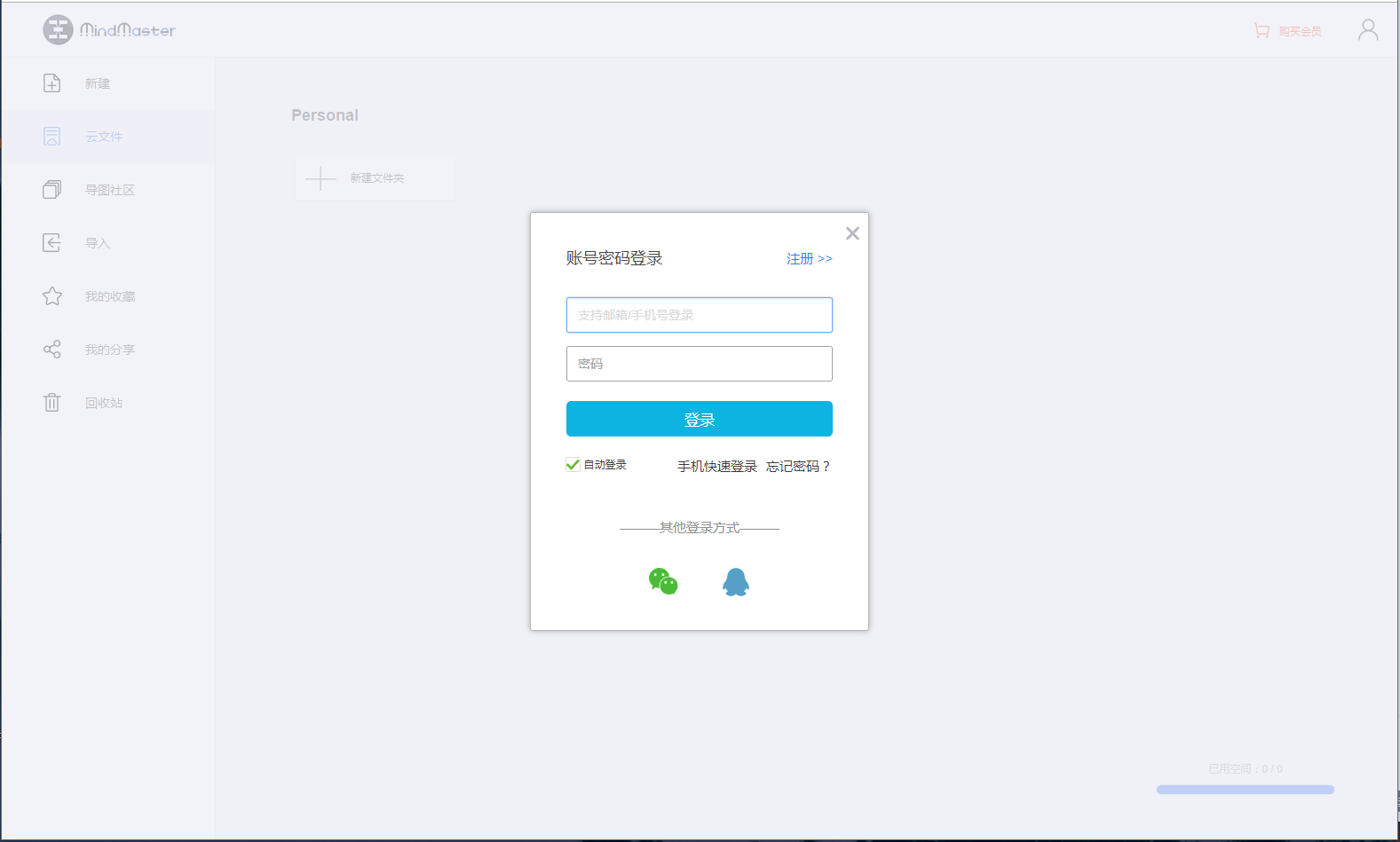Is there any alternative to just keeping a "clock" in the background to implement auto-next (after a few seconds) in carousel using react hooks?
The custom react hook below implements a state for a carousel that supports manual (next, prev, reset) and automatic (start, stop) methods for changing the carousel's current (active) index.
const useCarousel = (items = []) => {
const [current, setCurrent] = useState(
items && items.length > 0 ? 0 : undefined
);
const [auto, setAuto] = useState(false);
const next = () => setCurrent((current + 1) % items.length);
const prev = () => setCurrent(current ? current - 1 : items.length - 1);
const reset = () => setCurrent(0);
const start = _ => setAuto(true);
const stop = _ => setAuto(false);
useEffect(() => {
const interval = setInterval(_ => {
if (auto) {
next();
} else {
// do nothing
}
}, 3000);
return _ => clearInterval(interval);
});
return {
current,
next,
prev,
reset,
start,
stop
};
};
There are differences between setInterval and setTimeout that you may not want to lose by always restarting your timer when the component re-renders. This fiddle shows the difference in drift between the two when other code is also running. (On older browsers/machines—like from when I originally answered this question—you don't even need to simulate a large calculation to see a significant drift begin to occur after only a few seconds.)
Referring now to your answer, Marco, the use of setInterval is totally lost because effects without conditions dispose and re-run every time the component re-renders. So in your first example, the use of the current dependency causes that effect to dispose and re-run every time the current changes (every time the interval runs). The second one does the same thing, but actually every time any state changes (causing a re-render), which could lead to some unexpected behavior. The only reason that one works is because next() causes a state change.
Considering the fact that you are probably not concerned with exact timing, is is cleanest to use setTimeout in a simple fashion, using the current and auto vars as dependencies. So to re-state part of your answer, do this:
useEffect(
() => {
if (!auto) return;
const interval = setInterval(_ => {
next();
}, autoInterval);
return _ => clearInterval(interval);
},
[auto, current]
);
Note that I believe you could replace the dependency of current with next since that more directly represents what you are doing inside useEffect. But I am not 100% sure how React diffs these dependencies, so I am leaving it as is.
Generically, for those just reading this answer and want a way to do a simple timer, here is a version that doesn't take into account the OP's original code, nor their need for a way to start and stop the timer independently:
const [counter, setCounter] = useState(0);
useEffect(
() => {
const id= setTimeout(() => {
setCounter(counter + 1);
}, 1000);
return () => {
clearTimer(id);
};
},
[counter],
);
However, you may be wondering how to use a more exact interval, given the fact that setTimeout can drift more than setInterval. Here is one method, again, generic without using the OP's code:
const [counter, setCounter] = useState(30);
const r = useRef(null);
r.current = { counter, setCounter };
useEffect(
() => {
const id = setInterval(() => {
r.current.setCounter(r.current.counter + 1);
}, 1000);
return () => {
clearInterval(id);
};
},
['once'],
);
What is happening here? Well, to get setInterval's callback to always refer to the currently acceptable version of setCounter we need some mutable state. React gives us this with useRef. The useRef function will return an object that has a current property. We can then set that property (which will happen every time the component re-renders) to the current versions of counter and setCounter.
Then, to keep the interval from being disposed of on each render, we add a dependency to useEffect that is guaranteed never to change. In my case, I like using the string "once" to indicate that I am forcing this effect to be set up only once. The interval will still be disposed of when the component is unmounted.
So applying what we know to the OP's original question, you could use setInterval for a less-likely-to-drift slideshow like this:
// ... OP's implementation code including `autoInterval`,
// `auto`, and `next` goes above here ...
const r = useRef(null);
r.current = { next };
useEffect(
() => {
if (!auto) return;
const id = setInterval(() => {
r.current.next();
}, autoInterval);
return () => {
clearInterval(id);
};
},
[auto],
);
Because the current value is going to change on every "interval" as long as it should be running, then your code will start and stop a new timer on every render. You can see this in action here:
https://codesandbox.io/s/03xkkyj19w
You can change setInterval to be setTimeout and you will get the exact same behaviour. setTimeout is not a persistent clock, but it doesn't matter since they both get cleaned up anyways.
If you do not want to start any timer at all, then put the condition before setInterval not inside of it.
useEffect(
() => {
let id;
if (run) {
id = setInterval(() => {
setValue(value + 1)
}, 1000);
}
return () => {
if (id) {
alert(id) // notice this runs on every render and is different every time
clearInterval(id);
}
};
}
);
So far, it seems that both solutions below work as desired:
Conditionally creating timer — it requires that useEffect is dependent both on auto and current to work
useEffect(
() => {
if (!auto) return;
const interval = setInterval(_ => {
next();
}, autoInterval);
return _ => clearInterval(interval);
},
[auto, current]
);
Conditionally executing update to state — it does not require useEffect dependencies
useEffect(() => {
const interval = setInterval(_ => {
if (auto) {
next();
} else {
// do nothing
}
}, autoInterval);
return _ => clearInterval(interval);
});
Both solutions work if we replace setInterval by setTimeout
You could use useTimeout hook that returns true after specified number of milliseconds.
- https://github.com/streamich/react-use/blob/master/docs/useTimeout.md


